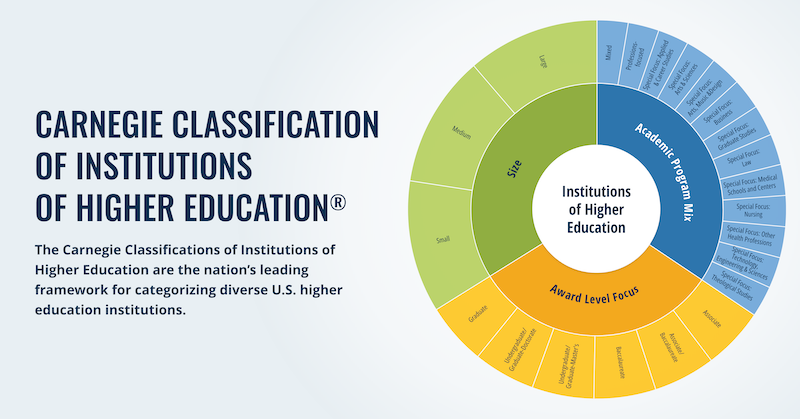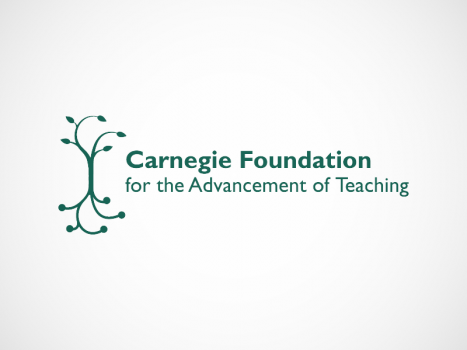Besides newly designed curriculum and pedagogy in Carnegie’s two mathematics pathways, Productive Persistence is another key element of the Instructional System.
Many students work hard in developmental math classes—studying long hours, nights and weekends—yet many of them do so using ineffective strategies. Others simply withdraw effort soon after the course begins.
To help more students successfully complete the math pathways, Carnegie wants them to both persist in their studying and attendance (tenacity) and to do so efficiently and effectively (good strategies). This is the essence of Carnegie’s work in Productive Persistence.
Carnegie is helping students develop tenacity and good strategies.
Early evidence from the initial pathways cohorts shows positive changes on Productive Persistence measures. Carnegie conducted student surveys with high response rates and found that after three weeks in the pathways, students had greater enthusiasm for math, they were less anxious about the subject, and they were more likely to believe that with hard work they could improve at it—a complete turnaround from the typical perspectives of students in traditional developmental math classes.
“While Carnegie cannot be certain that the interventions were a direct cause of the changes, we are heartened by the survey results,” said Jane Muhich, who leads Carnegie’s work in Productive Persistence. “Crucially, students’ ‘growth mindset’—the belief that they had the capacity to increase their mathematical ability—changed dramatically.”
On average, while roughly 30 percent of entering students could be classified as having a growth mindset in the Quantway and Statway; this was increased to a majority of students, pathways-wide, by the third or fourth week of the course.
The indicators are especially encouraging because Carnegie believes that these self-report indicators powerfully predict whether students persist in the course and whether they obtain higher grades.
January 8, 2013
Andrea Levy, Statway instructor at Seattle Central Community College, speaks about how she supports her students intellectually and emotionally to help them succeed.
February 4, 2013
The Pathways' Productive Persistence Subnetwork is addressing the problem of student motivation, tenacity, and skills for success in developmental mathematics.






